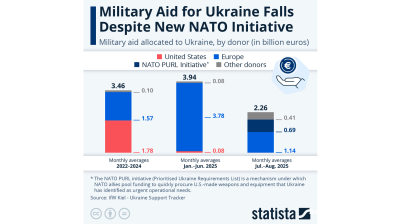Hungary’s economy grew 0.9% quarter-on-quarter in the third quarter, after four consecutive months of contraction, the Central Statistics Office (KSH) confirmed in a second reading on December 1.
Output declined by 0.4% (chart) on an annual basis in the July-September period and by 0.3% when adjusted to calendar effects and by 1.2% in the first nine months, at the same clip as in the preliminary reading. The figures were in line with expectations.
On the production side, services contributed 1.7pp, industry 0.9, construction 0.1 and the balance of taxes and subsidies on products 1.1pp to the headline decline. The farm sector mitigated the drop by 3.4pp. On the expenditure side, gross capital formation contributed 5.3pp to the headline decline and the trade balance reduced the drop by 5.0pp.
On a quarterly basis, on the production approach, the performance went up by 0.6% in industry, by 2.7% in construction and by 3.4% in agriculture, while services fell by 0.9%.
From the expenditure approach, the volume of household final consumption expenditure rose by 1.5%, that of social transfers in kind from the government by 1.2% and the volume of the actual final consumption of the government by 1.0% out of the components of actual final consumption. Gross fixed capital formation fell by 2.8% and external trade stagnated.
The robust growth of agricultural value, up 88.2% y/y in Q3, was attributed to the base effects as Hungary experienced one of the worst droughts in its history last year, compounded by the energy crisis and the impact of the war.
The industry and construction registered growth on a quarterly basis, but that was not enough to lift these sectors out of recession, ING Bank said in a note. Within the industry, sectors catering to domestic demand are experiencing a significant decline, while export-oriented segments, especially automotive and battery manufacturing, continue to perform well.
The robust growth of the construction sector was tied to the completion of specific construction projects, namely the 2023 World Athletics Championships held in Budapest in late August. The sector is still reeling from the suspension of state investments and the dry-up of EU funds.
The service sector remained a drag on growth both on an annual and quarterly basis, given the declining purchasing power of households, according to the forecast.
The fourth quarter promises to be no different, as domestic demand remains sluggish.
Despite real wages turning positive in September, consumer confidence is at a10-year low and households have depleted savings and many are taking out personal loans to finance daily consumption. The government's tight fiscal policy and the absence of EU funds will deter growth. The cautious monetary easing of the central bank will result in positive real interest rates, which continues to keep borrowing costs elevated, also stifling a rebound in investments, ING Bank expects the economy to contract 0.6% this year and bounce back to a growth of 3% in 2024.
Fourth-quarter GDP could turn positive in annual terms, but that will not be enough to push Hungary out of a recession for the year, Makronom Institute said. The economy could return to a growth trajectory with GDP rising 3.5% in 2024, with the rise in consumption. Lower borrowing costs and the possible disbursements of EU funds should lift investments, according to their analyst. Hungary’s export-oriented industry could contribute positively to growth next year unless external conditions deteriorate.
Data

India’s retail payment revolution
India’s payments landscape has reached a pivotal stage, with digital transactions now accounting for 99.8% of all retail payments.

Military aid for Ukraine falls despite new Nato PURL initiative – Statista
The Kiel Institute for the World Economy found that military aid to Ukraine dropped sharply in July and August compared to previous months, despite the implementation of the Nato PURL initiative.

IMF cuts Russia’s 2025 growth forecast to 0.6%, leaves Ukraine's unchanged at 2%
The International Monetary Fund has lowered its forecast for Russia’s economic growth in 2025 to just 0.6%, marking the second-steepest downgrade among major economies, even as it raised its global outlook.

Russia's PMI indices plummet as economy cools
Russia’s private sector entered deeper contraction in September, as both services and manufacturing activity declined, according to the latest PMI data published by S&P Global.




